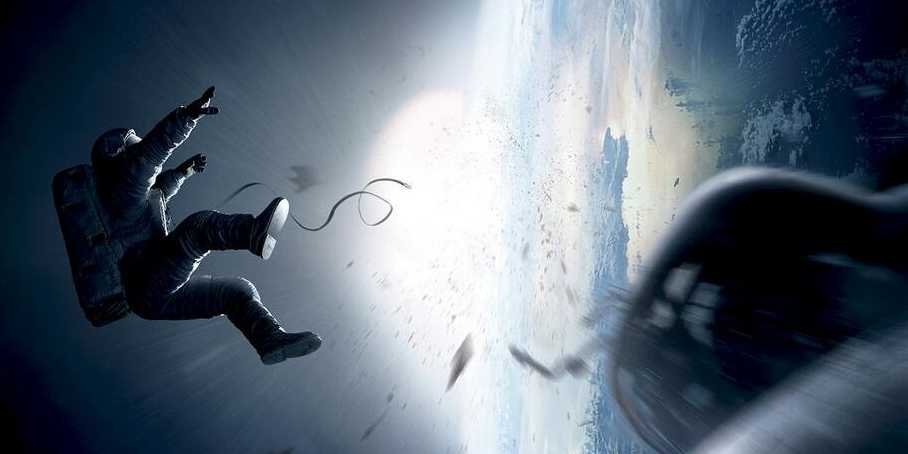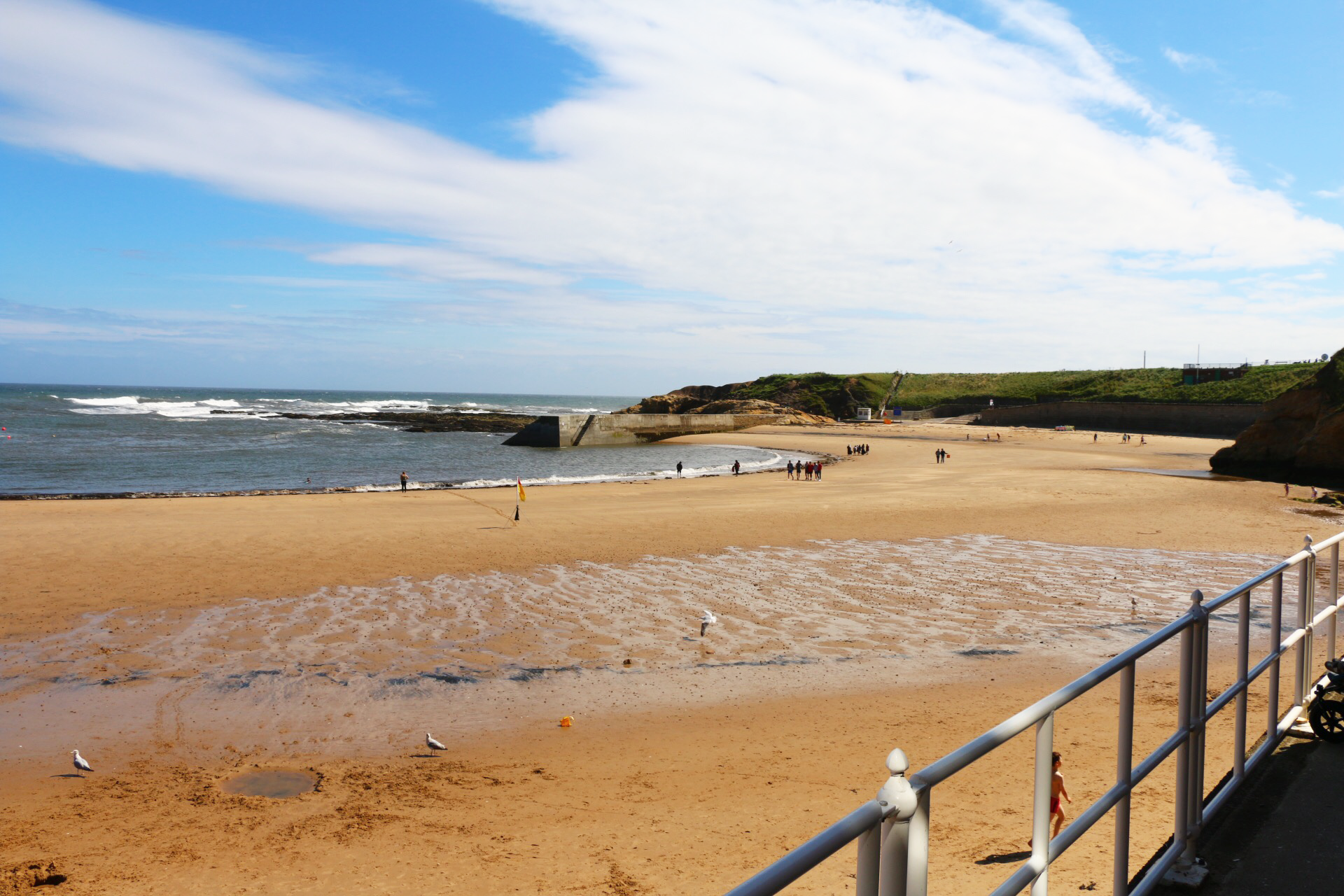It’s World Space Week, so naturally, we seized the opportunity to stick on our favourite sci-fi blockbusters. However, with our scientific minds always at work, we couldn’t rest easy without sharing with you those space movies that are more fiction than science…
Star Wars
Okay, so we appreciate this galactic fantasy series isn’t ever going to be exactly scientifically accurate, what with all the aliens, droids, space travel and the mystical “Force”. But those space battles that Star Wars is known for, featuring all kinds of explosions and blasts? Well, in reality, they would actually be silent. Sound waves travel via the vibration of atoms and molecules in a medium such as air. Space is a vacuum, devoid of all matter – including gases – meaning the sound vibrations wouldn’t work.

Armageddon
Even if it were feasible to land on an asteroid and drill into the centre of it (just in case you were wondering, it isn’t), the energy required to destroy this huge, Texas-sized, asteroid would amount to a LOT more than one nuclear bomb. The most powerful nuclear bomb ever detonated on earth, Big Ivan, has a total energy output of 418,000 terajoules. Leicester post-graduate students found that in order to split this asteroid in two, Bruce Willis would have had to detonate a bomb with 800 trillion terajoules of energy output.

The Martian
Ahh, a little respite from the scientific disaster that is Armageddon, The Martian is actually hailed as one of the most scientifically accurate sci-fi movies of all time. The main plot line (humans visiting Mars) looks to be scientifically feasible at some point in the future, and growing potatoes with a combination of your own excretion and Martian soil? Possible, apparently. However, whilst we’re willing to give credit where it’s due, this film is not without its inaccuracies.
The main scientific issue with this film is actually the driving force behind the whole plot – the sand storm that leaves Matt Damon’s character, Mark Watney, stranded on Mars. Whilst sand storms definitely do occur on Mars, the atmosphere is so thin compared to Earth’s that a 100mph wind on Mars would feel more like an 11mph wind does on Earth – making it unlikely to cause the destruction that sees Watney separated from his crew.

Interstellar
The astronauts in Interstellar make use of a wormhole next to Saturn, which enables them to travel from our galaxy to an entirely different galaxy in a short amount of time. According to Einstein’s theory of general relativity, wormholes are a possibility.
A wormhole is created by warping the fabric of space-time. If you think of space as a flat piece of paper, the distance is great between one end of the paper and the other. Bend the paper in half and the opposite ends of the paper are now much closer – punch a hole between the two ends of paper and you now have a tunnel which grants you instantaneous access between both ends, instead of travelling the long way from one end of the flat sheet of paper to the other.
However, astrophysicist Kip Thorne points out that in reality, there is a strong indication that wormholes through which humans could travel are forbidden by the laws of physics. Should we ever come across one, a wormhole is likely to be so unstable that the walls of it will collapse so fast that nothing is able to make it through.

Gravity
A central plot point in this film depends on Clooney’s character, Matt Kowalski, whizzing from the Hubble Space Telescope to the International Space Station using his jet pack. However, Hubble orbits at an altitude of 559 kilometres whilst the ISS sits at 423 kilometres; the distance in orbit between the two makes travelling between them completely unfeasible (especially in a jet pack).



